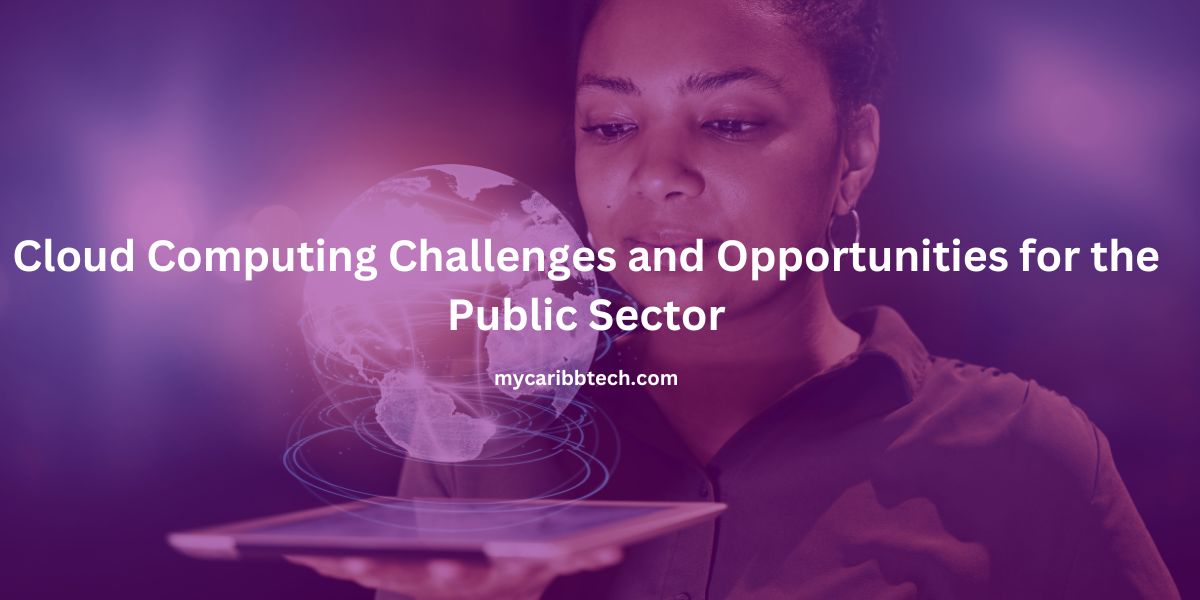The public sector faces unique challenges in delivering efficient and responsive services to constituents. Tight budgets, legacy infrastructure, and complex regulations often create roadblocks to innovation and modernization. Yet, in the midst of these hurdles, cloud computing emerges as a game-changer, offering the potential to transform how governments operate and serve their citizens. However, the transition to the cloud isn’t without its own set of obstacles. Today, we delve into the key challenges and opportunities surrounding cloud computing adoption in the public sector.
The Allure of the Cloud:
Cloud computing offers a compelling proposition for public sector organizations:
- Cost Savings: Shifting from on-premises infrastructure to a pay-as-you-go cloud model can lead to significant cost reductions in hardware, software, and maintenance.
- Increased Agility: Scalability and flexibility are inherent features of cloud solutions, allowing agencies to adapt to changing demands and deploy new services quickly.
- Enhanced Collaboration: Cloud platforms facilitate streamlined communication and data sharing across departments and agencies, improving internal cooperation and citizen engagement.
- Improved Security: Reputable cloud providers invest heavily in security infrastructure and compliance, potentially offering better data protection than many on-premises systems.
- Innovation Acceleration: Cloud-based tools and services empower agencies to explore innovative solutions and leverage emerging technologies without large upfront investments.
But the Path Isn’t Without Thorns:
Despite the benefits, public sector cloud adoption faces several challenges:
- Security Concerns: Data privacy and security are paramount for governments, and concerns about data residency, potential breaches, and vendor lock-in remain significant.
- Legacy Infrastructure: Migrating from decades-old systems to cloud environments can be complex and costly, requiring careful planning and execution.
- Procurement Hurdles: Public procurement processes often differ from the agile nature of cloud services, creating delays and hindering adoption.
- Skills Gap: Transitioning to the cloud requires a workforce equipped with new skills and knowledge, necessitating investments in training and professional development.
- Regulatory Compliance: Navigating a complex web of regulations and ensuring compliance with data privacy and security standards can be a daunting task.
Building the Bridge to Success:
Overcoming these challenges requires a proactive and strategic approach:
- Conduct Thorough Security Assessments: Choose reputable cloud providers with robust security protocols and ensure compliance with relevant regulations.
- Develop a Comprehensive Cloud Strategy: Define clear goals, assess current infrastructure, and create a phased migration plan with well-defined timelines and budgets.
- Modernize Procurement Processes: Adapt purchasing procedures to accommodate the dynamic nature of cloud services and explore innovative solutions like multi-cloud strategies.
- Invest in Workforce Training: Upskill and reskill employees to manage cloud systems and leverage its full potential.
- Collaborate and Share Best Practices: Partner with other agencies and leverage shared resources to gain insights and overcome common hurdles.
Examples of Success:
Despite the challenges, numerous public sector institutions are reaping the benefits of cloud adoption. The City of Los Angeles, for instance, migrated its email system to the cloud, saving millions of dollars annually and improving productivity. The UK’s National Health Service leverages cloud computing for secure data storage and collaboration, enhancing patient care and research. These success stories demonstrate the potential for positive transformation in the public sector.
Conclusion:
Cloud computing presents a unique opportunity for the public sector to modernize operations, improve citizen services, and achieve cost savings. While challenges exist, a well-defined strategy, collaboration, and a commitment to security can pave the way for successful cloud adoption and unlock the full potential of this transformative technology.








